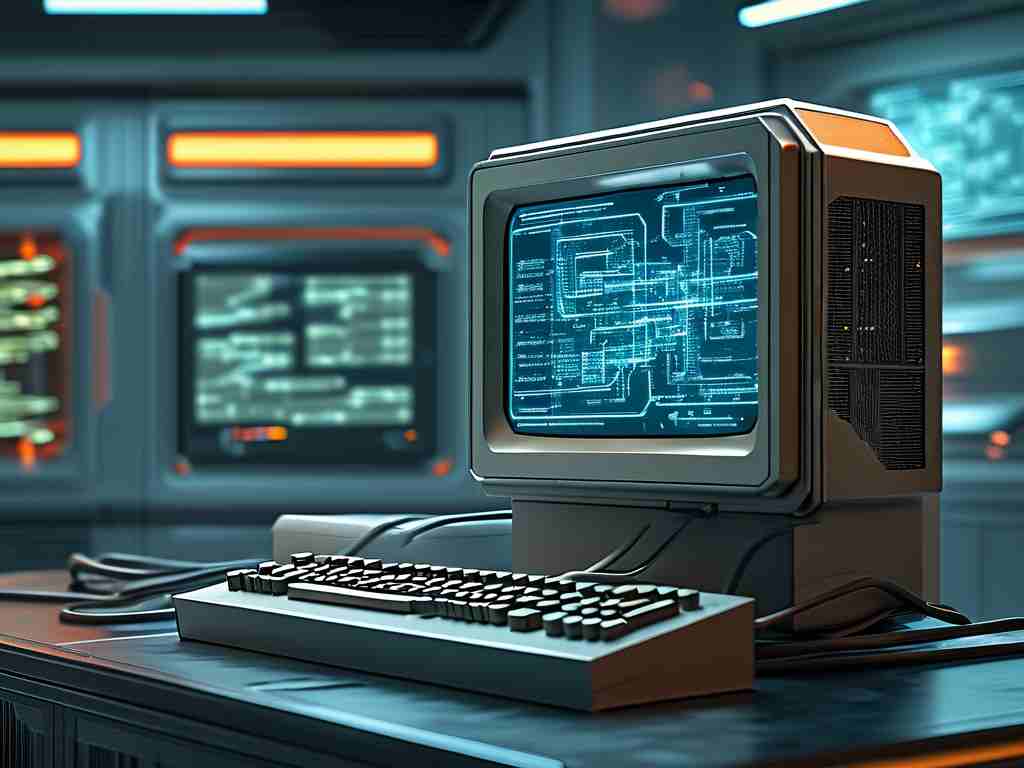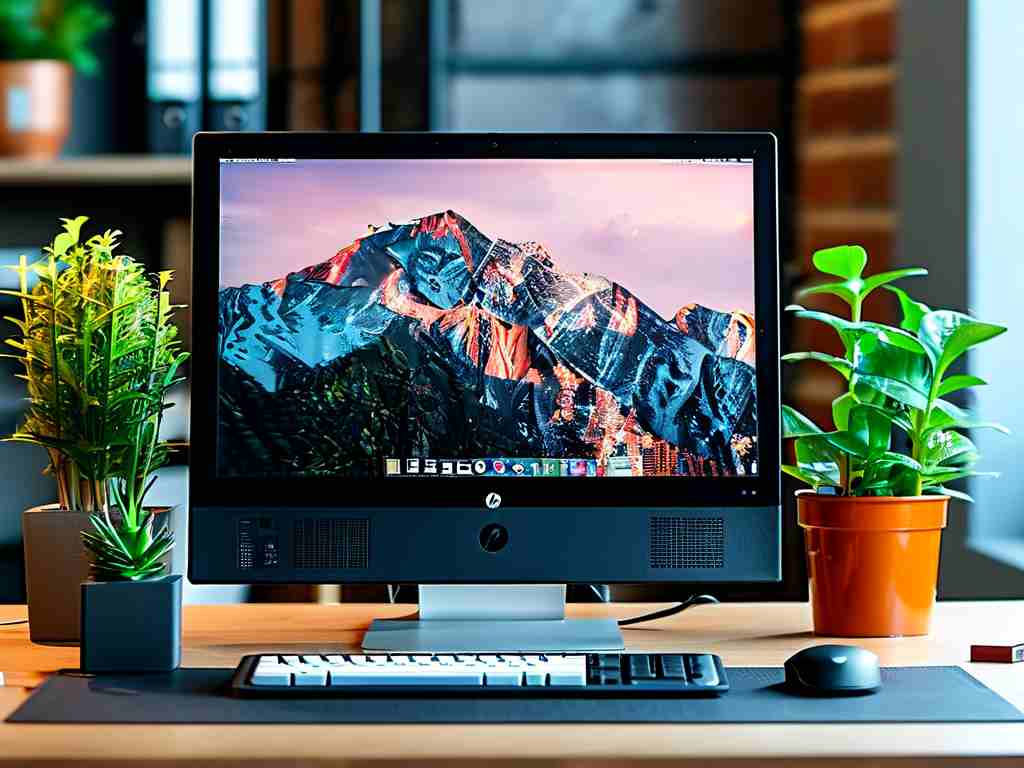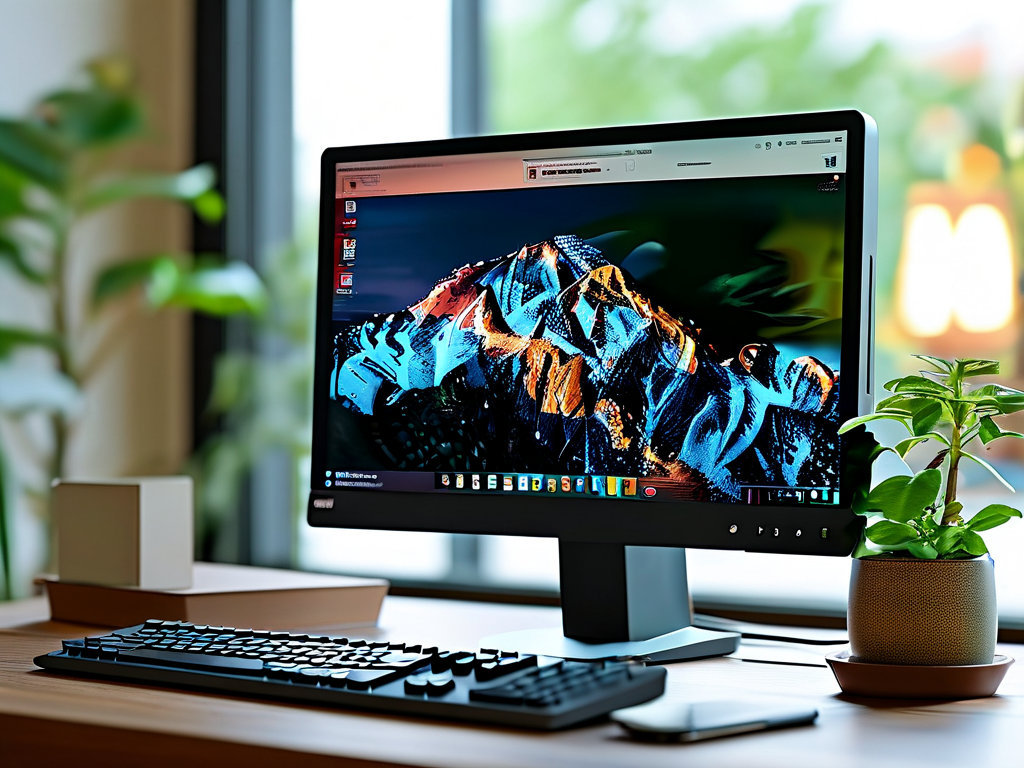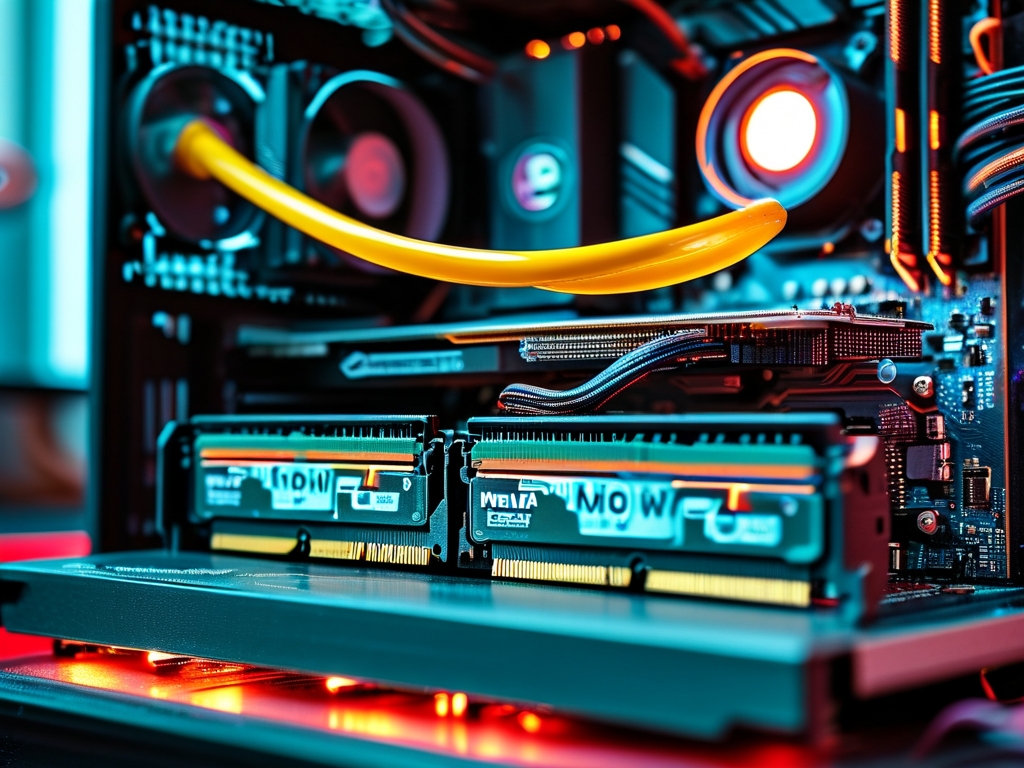In the realm of modern computing, the interplay between memory management and image selection algorithms represents a critical frontier for enhancing computational efficiency. As digital images grow in size and complexity, from high-resolution photos to real-time video feeds, the demand on computer memory (RAM) intensifies. Efficient handling of such data not only accelerates processing but also reduces energy consumption, making it essential for applications ranging from artificial intelligence to everyday software. This article delves into how computer systems leverage memory for selecting and processing images, emphasizing practical approaches to optimize calculations while avoiding common pitfalls.

At its core, image selection involves identifying specific regions or features within a digital image based on predefined criteria, such as color thresholds, object recognition, or pattern matching. This task is inherently memory-intensive because images are stored as large arrays of pixel data in RAM during computation. For instance, a single high-definition image can consume several megabytes of memory, and when multiple images are processed simultaneously—as in batch operations—the RAM usage escalates rapidly. Without careful management, this can lead to bottlenecks, slowing down calculations or causing system crashes due to insufficient resources. To mitigate this, developers often implement strategies like lazy loading, where only essential parts of an image are loaded into memory at a time, or caching mechanisms that reuse frequently accessed data to minimize redundant fetches from slower storage devices.
The computational aspect of image processing relies heavily on algorithms that perform calculations on pixel values, such as filtering, transformation, or feature extraction. These operations require real-time access to memory, as each pixel's color and position must be retrieved and manipulated swiftly. For example, edge detection algorithms like the Sobel operator involve convolutions that compute gradients across the image matrix, demanding high memory bandwidth to handle the data flow efficiently. In practice, optimizing these calculations involves balancing memory allocation with processing speed. Techniques like parallel processing using multi-core CPUs or GPUs can distribute the workload, allowing multiple threads to access different memory segments concurrently. This not only speeds up tasks like image selection but also ensures that the system remains responsive under heavy loads. However, it introduces challenges such as memory contention, where threads compete for the same resources, potentially degrading performance if not managed with synchronization primitives like mutexes.
A key element in this ecosystem is the role of computer calculation in selecting images intelligently. Advanced methods, such as machine learning models for object detection, involve iterative computations that train on large datasets to identify patterns. These models store intermediate results in memory during inference phases, enabling rapid decision-making—for instance, selecting all images containing a specific object from a gallery. To illustrate, consider a simple Python code snippet using the OpenCV library for basic image selection based on color thresholds. This example demonstrates how memory is allocated for image data and how calculations are performed to isolate regions of interest:
import cv2
import numpy as np
# Load an image into memory
image = cv2.imread('sample.jpg')
if image is None:
print("Error loading image")
exit()
# Convert to HSV color space for better thresholding
hsv_image = cv2.cvtColor(image, cv2.COLOR_BGR2HSV)
# Define lower and upper bounds for color selection (e.g., red)
lower_red = np.array([0, 120, 70])
upper_red = np.array([10, 255, 255])
# Create a mask to select pixels within the range
mask = cv2.inRange(hsv_image, lower_red, upper_red)
# Apply the mask to extract selected regions
selected_image = cv2.bitwise_and(image, image, mask=mask)
# Display the result
cv2.imshow('Selected Image', selected_image)
cv2.waitKey(0)
cv2.destroyAllWindows()
In this snippet, memory is dynamically allocated for the image, its HSV conversion, and the mask array. The inRange function performs calculations to select pixels, highlighting how computational efficiency depends on minimizing unnecessary memory copies—e.g., by operating directly on NumPy arrays rather than creating new buffers. Such optimizations are vital for real-time applications, like autonomous vehicles processing camera feeds, where delays could have critical consequences.
Beyond code, broader considerations for optimizing memory in image selection include hardware advancements and software design patterns. Modern systems increasingly utilize non-volatile memory technologies like Intel Optane or DDR5 RAM, which offer higher bandwidth and lower latency, facilitating faster data access during intensive calculations. On the software side, adopting memory-efficient data structures, such as sparse matrices for images with large uniform areas, can reduce footprint without sacrificing accuracy. Additionally, cloud-based solutions enable offloading memory-heavy tasks to remote servers, providing scalability for applications like medical imaging analysis. Yet, these approaches must contend with trade-offs, such as increased complexity in debugging or potential security risks from shared memory spaces.
In , the synergy between memory, image selection, and computer calculation is fundamental to advancing digital technologies. By prioritizing RAM optimization through algorithmic refinements and hardware innovations, developers can achieve significant gains in speed and reliability. As image data continues to proliferate, mastering these principles will be crucial for building efficient, responsive systems that meet the demands of tomorrow's computational challenges.









